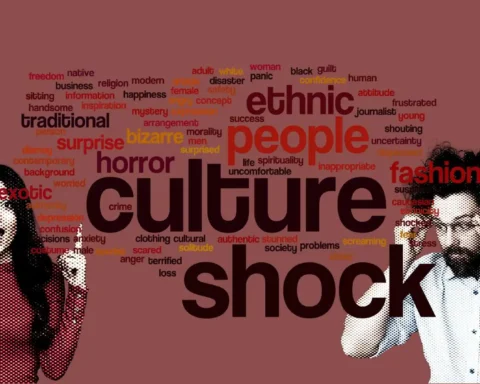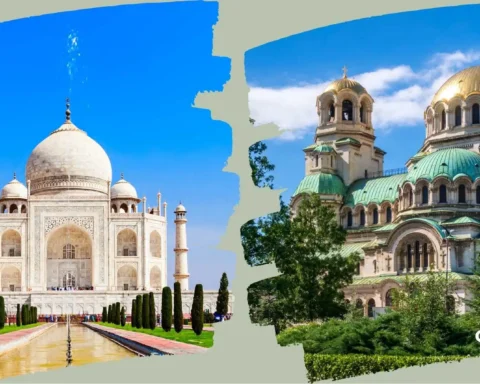The Indian legal system is heavily based on its history, culture, and philosophy. The sources of Hindu law occupy a special and permanent place among its numerous influences. In addition to influencing the traditional order, these sources also affect contemporary legislation, interpretation, and law reform in India. To comprehend this relationship, we need to examine the historical and traditional texts and how they relate to modern law.
Table of Contents
Understanding the Sources of Hindu Law
Sources of Hindu law is a term used to describe the basis of Hindu jurisprudence. Historically, the Hindu law was authoritative based on the religious and customary practices. It has developed over time to become an advanced legal system, which has an impact on individual laws about marriage, family, inheritance, and adoption.
There are four classical sources of Hindu law generally recognized:
- Shruti (the Vedas)
- Smriti (commentaries and Dharmaśāstras)
- Digests and commentaries
In addition, modern sources of Hindu law include legislation, judicial precedents, and case laws. Combined, they form both the spiritual heritage and legal identity of Hindus in India.
Shruti: The Oldest Source
The oldest of the sources of Hindu law is the Vedas, collectively known as Shruti. Although their teachings are of the spiritual kind, they laid moral foundations that were later translated into legal and social obligations. Although it is not applied directly to the present day, its impact is still present in terms of family values and ritual duties.

Smriti: Practical Authority
The codified rules that governed daily life, as presented by Smriti, were very important as the earliest sources of Hindu law. Laws concerning family, adoption, and property were described in texts such as the Manusmriti and the Yajnavalkya Smriti. These are the principles that have been the inspiration of the modern laws like the Hindu Succession Act and the Hindu Marriage Act.
Custom as a Source
Customs were a vital source of the Hindu law. When a custom was old, definite, and logical, it was obligatory. As can be seen, marriage rituals tend to vary according to the region and are still accepted, provided they are not against the statute or morality. Such customs are respected by the courts in the context of constitutional principles.
Commentaries and Digests
Jurist interpretations led to the development of schools of thought such as the Mitakshara and Dayabhaga. These commentaries were sources of Hindu law, which perfected rules on inheritance and family requirements. The disparity between the two schools to this day still influences succession issues in some of the Indian states.
Modern Sources of Hindu Law
Contemporary forces transformed the conventional legal environment and presented new sources of Hindu law. These include:
- Legislation: Hindu personal law was codified and standardized through acts with names like the Hindu Marriage Act, Hindu Succession Act, and Hindu Adoption and Maintenance Act.
- Judicial precedents: decisions of the Supreme Court and High Court are binding authorities on the Hindu law, which interpret statutes and resolve conflicts.
- Principles of the constitution: It has been determined by equality and justice in reforms to make sure that the ancient rules do not contradict the constitutional morality.
Application in Contemporary India
The sources of Hindu law have a dual role today. On the one hand, they can preserve the cultural identity, and on the other hand, they can adjust to the current demands. For example:
- The identification of marriage ceremonies is still affected by customs.
- Sons and daughters have equal rights of succession, which are guaranteed by statutory law.
- Judicial decisions interpret classical principles according to fundamental rights.

Challenges in Application
To apply the sources of Hindu law in the modern context, one has to strike a balance between tradition and justice. Some of the rituals, such as child marriage or practices of discrimination that were at some point validated by tradition, are now outlawed. Courts make sure that the classical sources of the Hindu law do not prevail over the provisions provided by the Indian Constitution.
Gender Justice and Reforms
Gender equality is one of the deepest transformations of the sources of Hindu law. The law of Mitakshara previously favored male descendants. This was rectified by a series of reforms, such as the Hindu Succession Amendment Act, that gave daughters an equal share of the ancestral property. These reforms emphasize how adopting the Hindu law sources will be fair in the current age.
Contemporary Relevance
The Hindu law sources are not obsolete since they keep changing with emerging situations. The combination of tradition and constitutional ideals guarantees continuity and transformation. The sources of Hindu law have not been fixed but are often subject to practical change, in that courts invoke legislation and ancient principles.
Conclusion
The origin of Hindu law has been transformed into religious scripture and today into coded laws. They are a living law tradition that still influences personal affairs in India. Balancing between the Indian tradition and the constitutional principles, a balance between the Shruti, Smriti, customs, and commentaries, and the modern judicial and legislative systems is achieved in India. Finally, the sources of Hindu law are one of those that are here to stay in the legal and cultural identity of India.

FAQs
What are the classical sources of Hindu law?
Hindu law of the Shruti, Smriti, customs, and commentaries or digests are considered classical. Collectively, they constitute the basis of the traditional Hindu jurisprudence.
Why are customs considered a source of Hindu law?
Customs are accepted as a source of Hindu law since uniform community practices, unless immoral or contradictory to statutory law, were historically perceived to be binding and are still applied to court rulings today.
Are sources of Hindu law still relevant today?
Yes, statutes and judicial precedents are dominant, but custom and Smriti still sway the Indian courts in the area of marriage, family, and inheritance.









